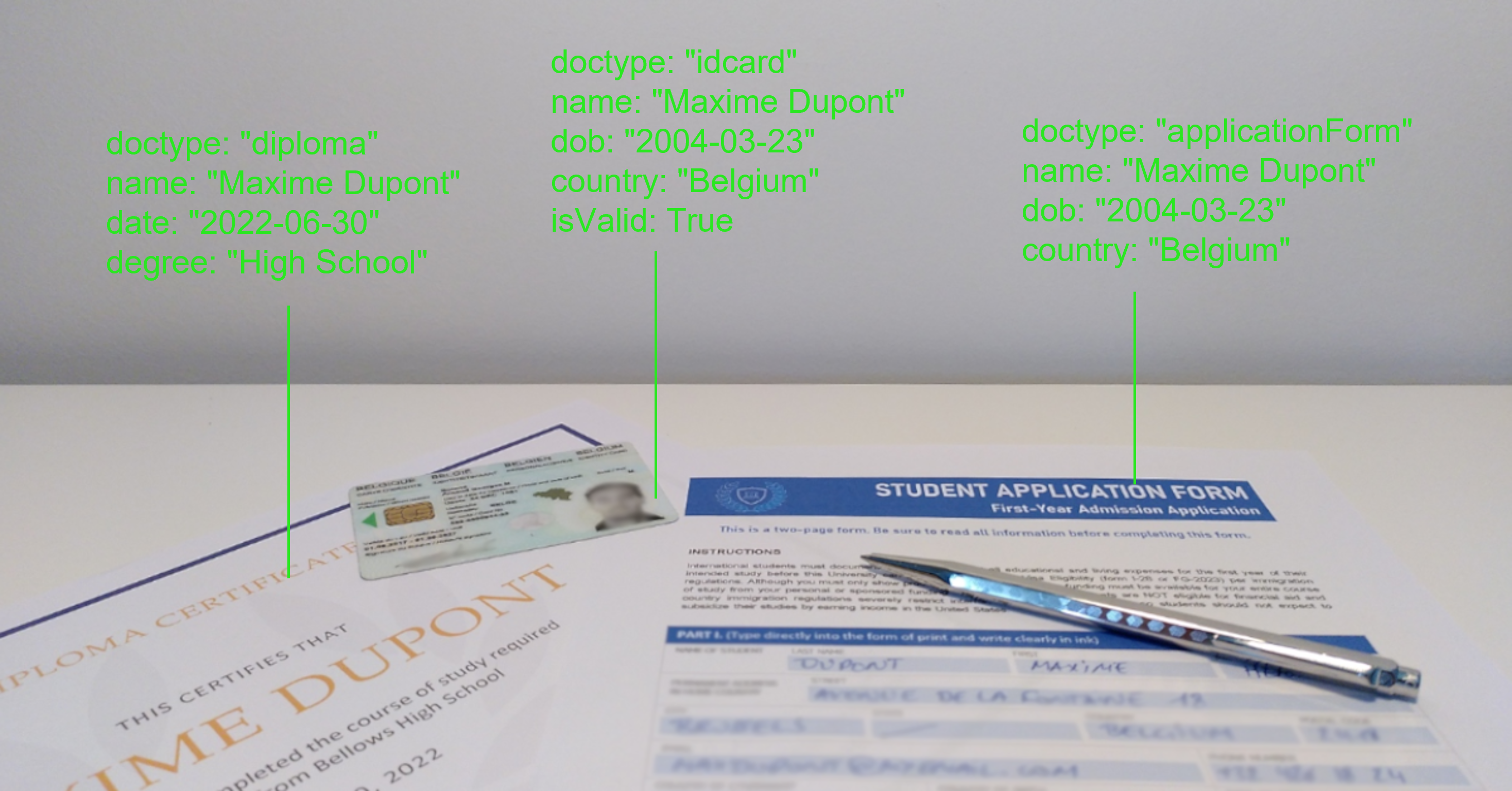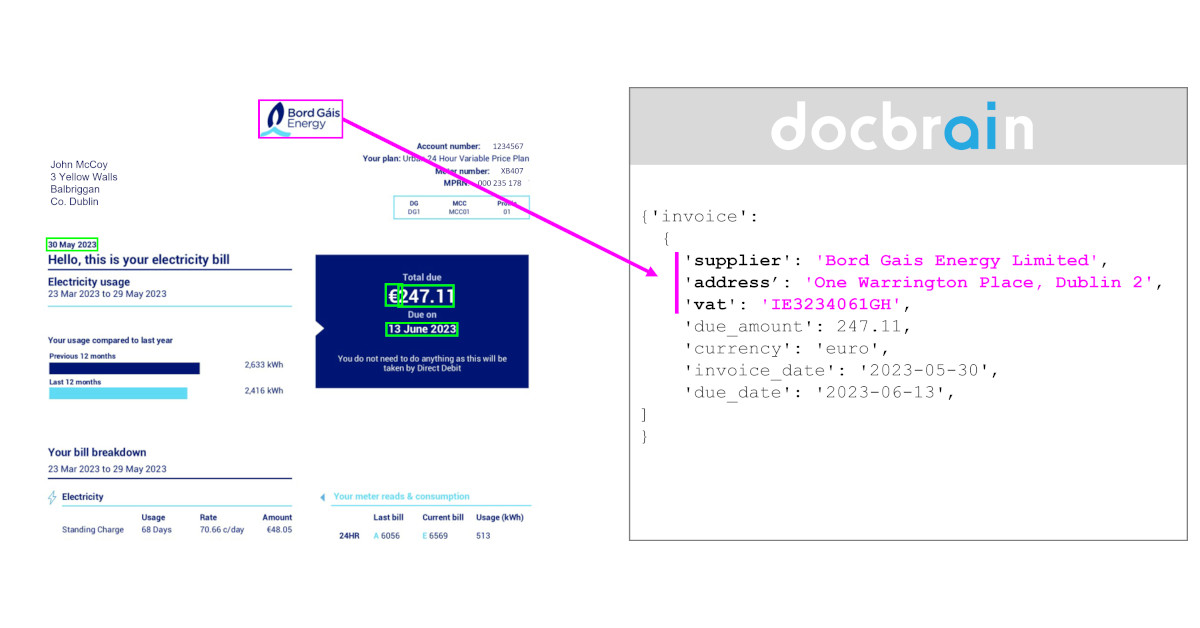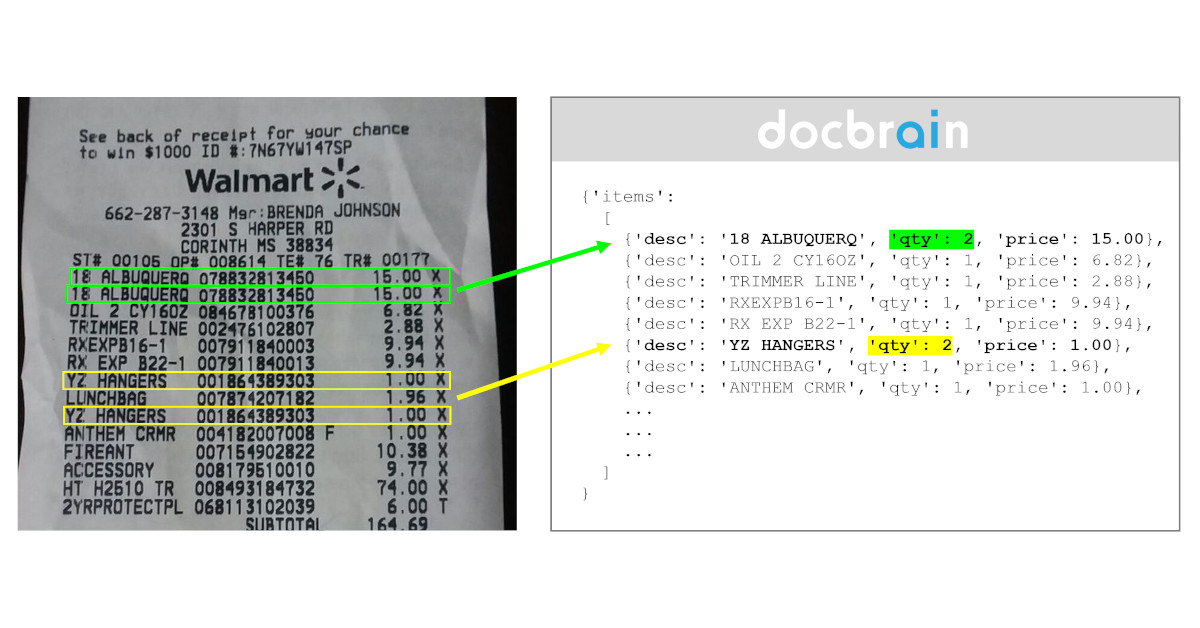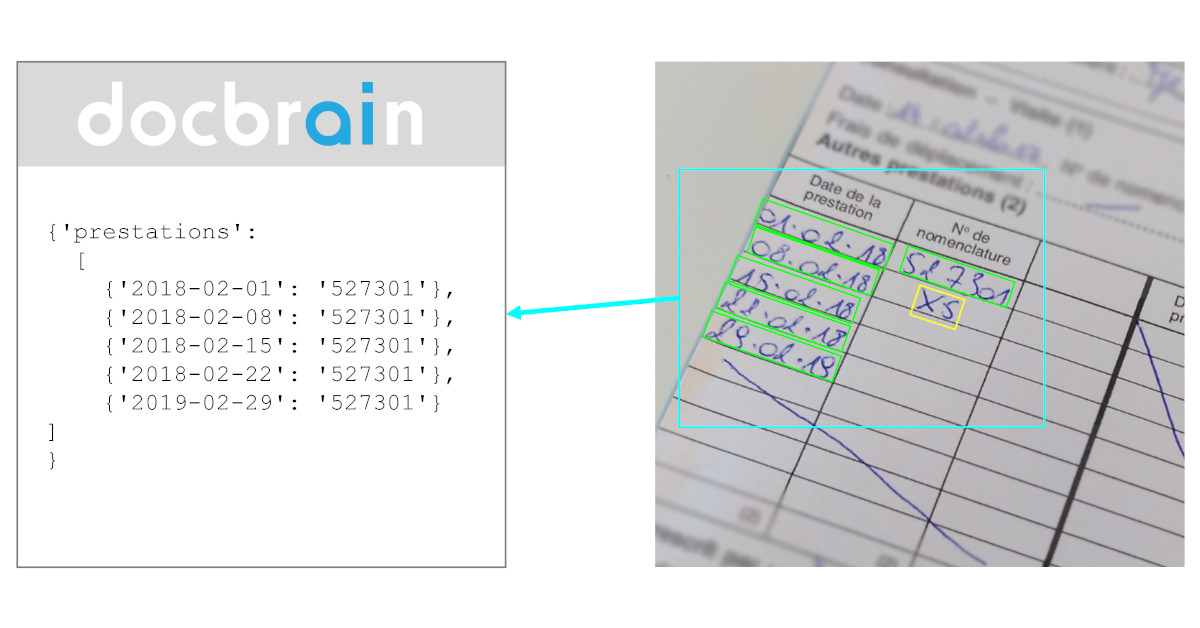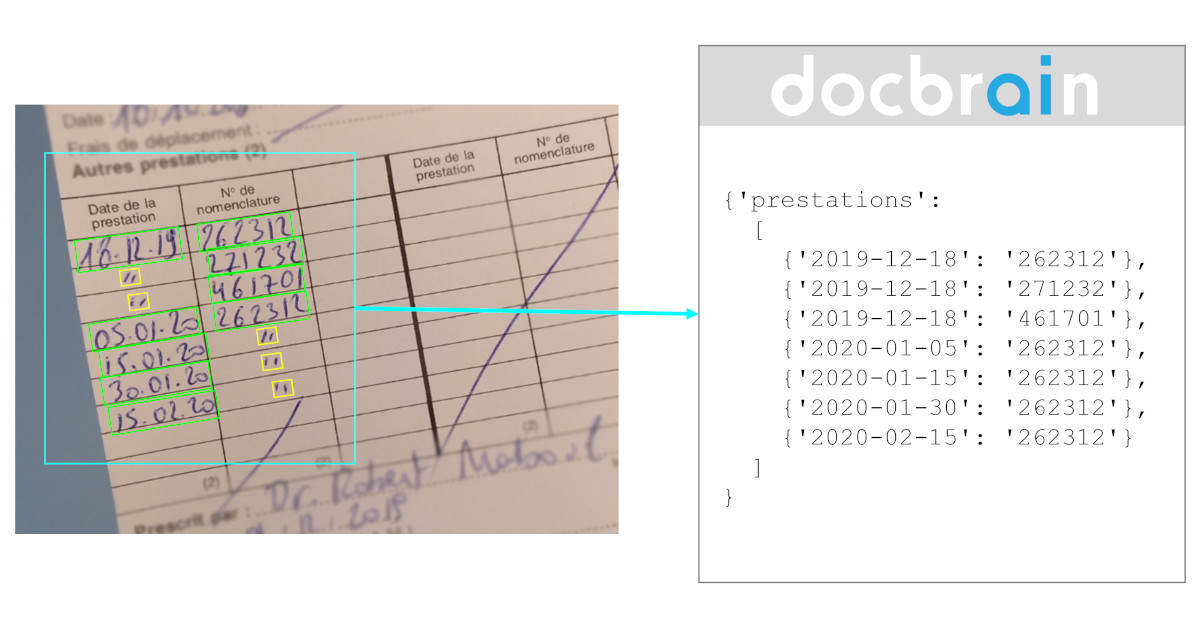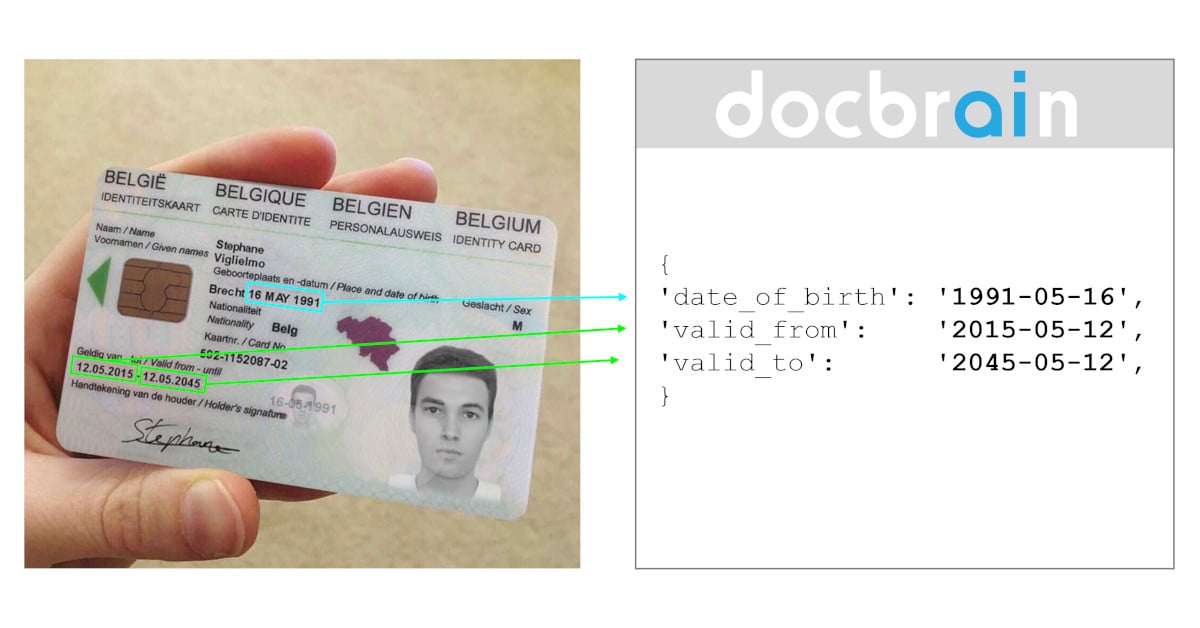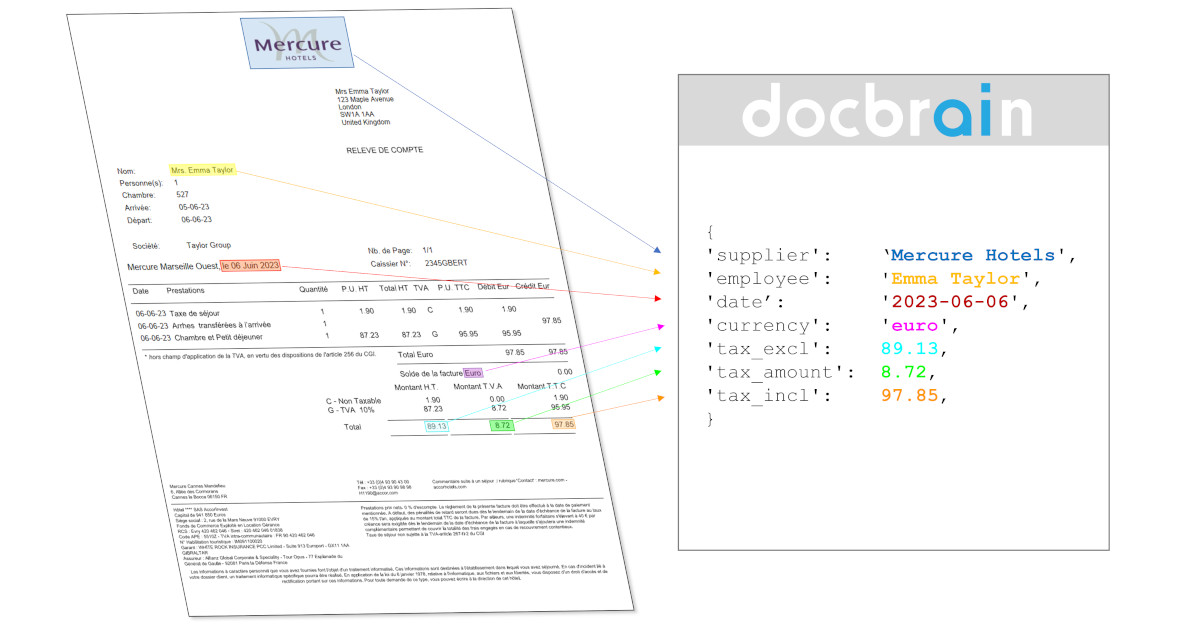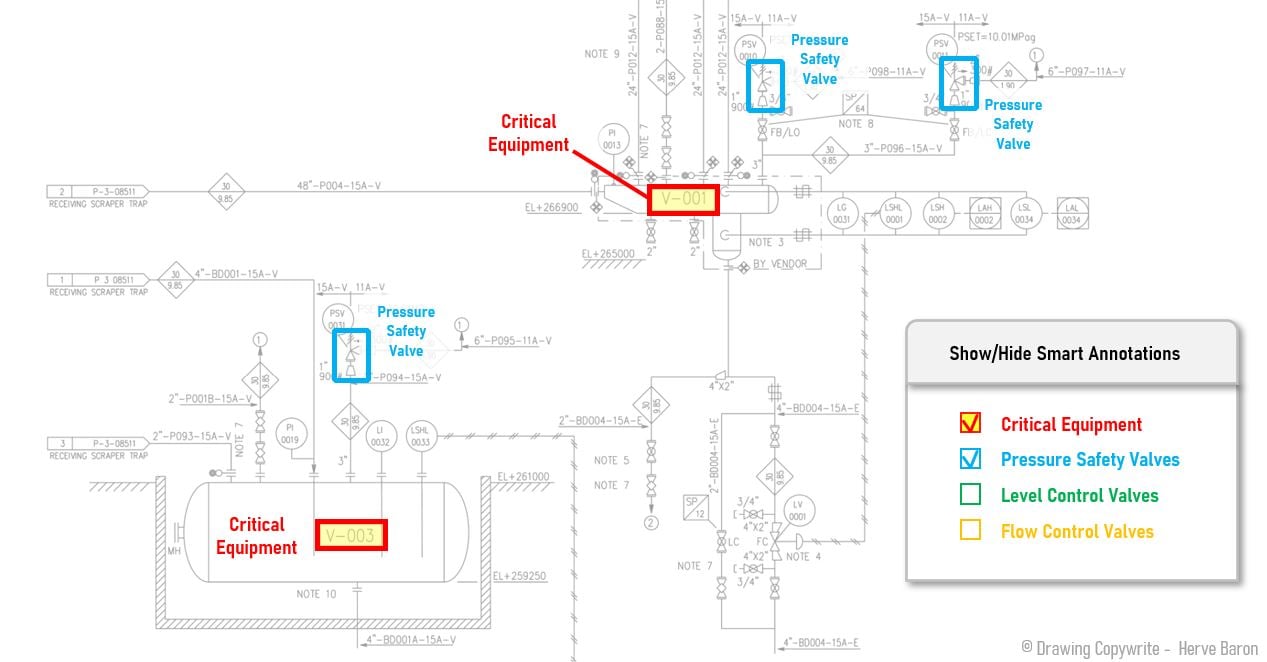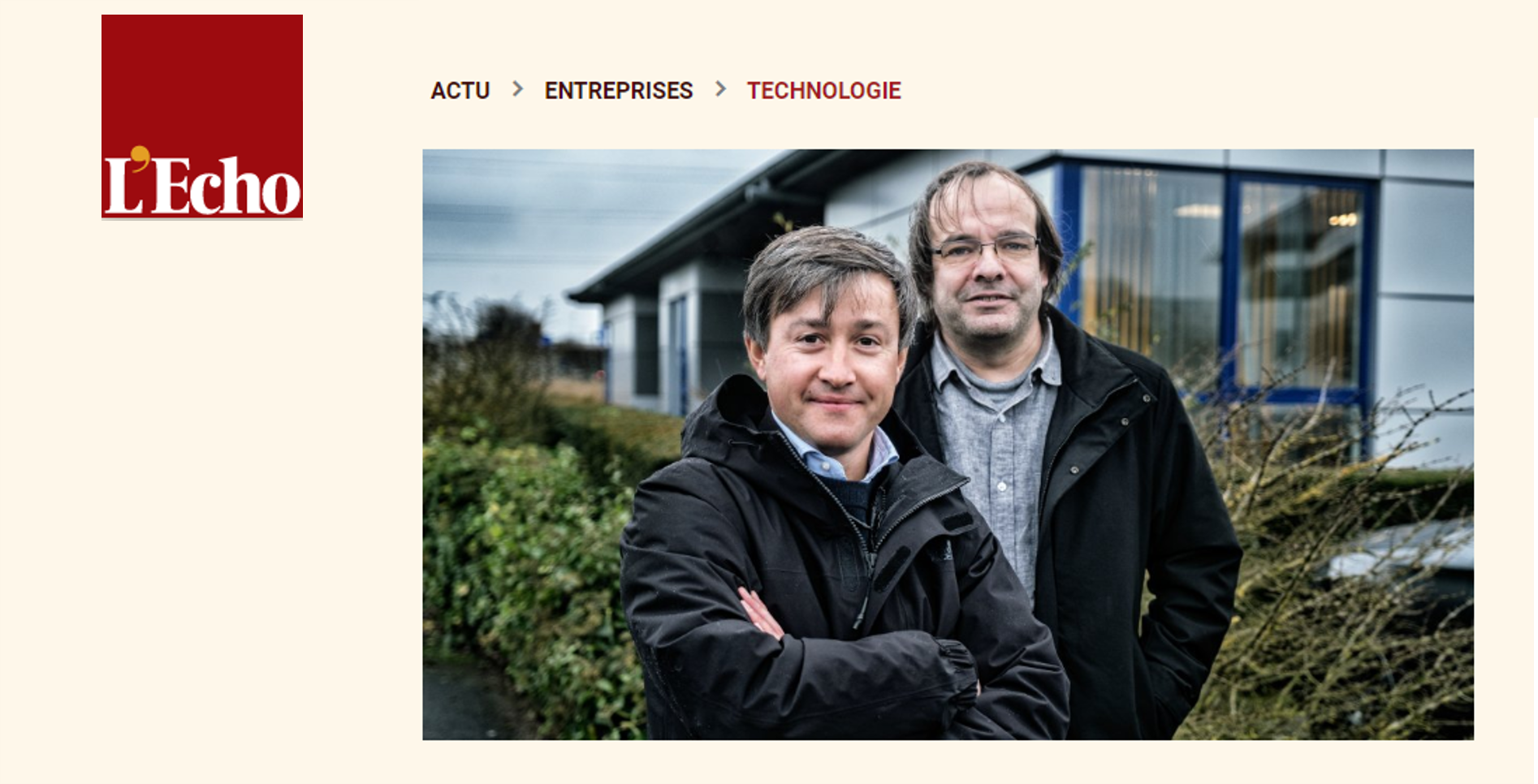Launching a special blog series on the current state of AI-enabled process automation, Moonoia is honored to have ECM expert Zbigniew Smierzchala as guest writer. Zbigniew has 25 years of experience with content capture concepts and technologies (software and hardware). He worked in ECM context in sales, business development and product management roles for Kodak Eastman Software, EASY Software, Xerox and Hewlett-Packard.
Robotic Process Automation (RPA) has been one of the fastest-growing technology sector of the past years. It promises us not just operational efficiency but a whole new way of work, “a bot for every desktop” and the intelligent digital workforce of the future. RPA hype is further accelerated by the digital transformation efforts worldwide. And yet here we are, beginning of 2020, scrolling through a sea of confusion, disenchantment, terminology wars and ROI gaps that system integrators, RPA software vendors and resellers are struggling to bridge. “Why RPA projects fail”, “RPA pitfalls”, “How to avoid the RPA death spiral” sound more and more like familiar titles.
In its Hype Cycle Government Technology, the research firm Gartner is positioning RPA on the way to the “Trough of Disillusionment”
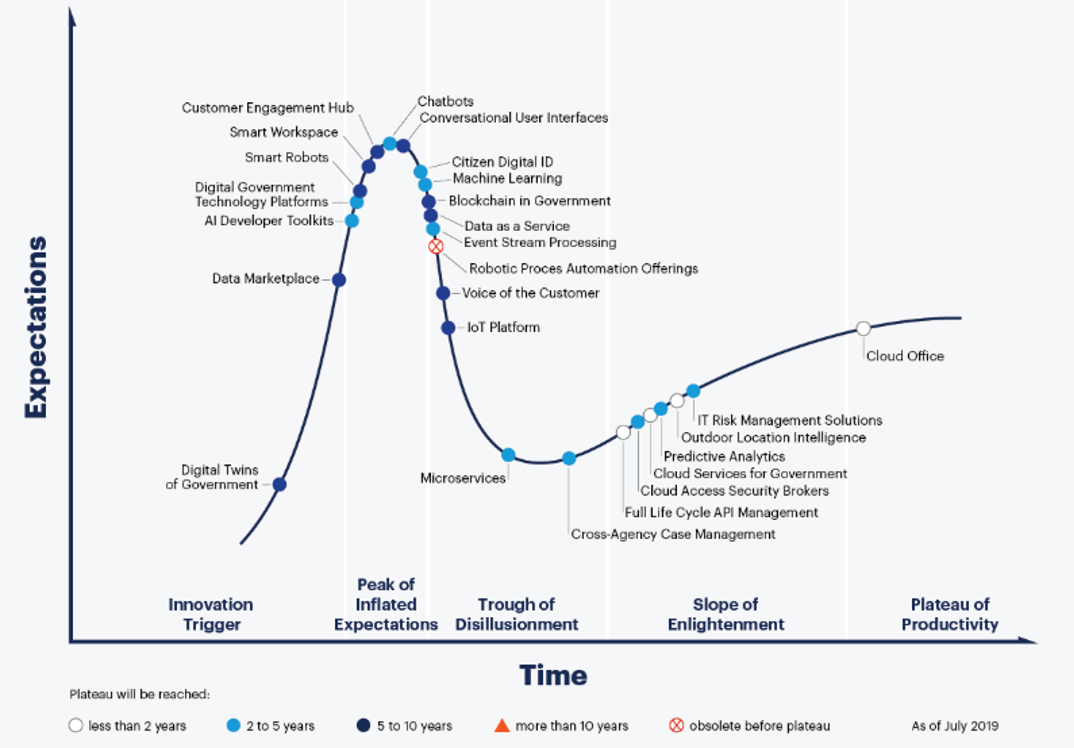
Figure 1: Gartner Hype Cycle diagram for Digital Government Technology . Source: Gartner
One particular article got a lot of traction within the global community which is not surprising considering the provoking title comes from those who introduced the very concept of RPA in the first place. “RPA is dead.”, reads the first part of the title. Spoiler alert, it’s not, it just needs integrations with other technologies, as the rest of the title suggests: “Long live Integrated Automation Platforms”.
This shows how difficult it is to have any rational discussion without any clarity about the terms being used. While the RPA vendors do a great job in promoting the automation and also in educating the market, I would personally prefer to use rather the term RDA (=desktop automation), as originally and still in the core, RPA is just TASK Automation and not process automation. A process usually consists of many different sub-processes which in turn consist of tasks. An initiative to standardize the terminology helping to enable a more structured and rational discussion about automation, would be very helpful.
RPA, as it is being implemented today, does not equal “hyperautomation”, although sometimes it seems to claim just that. Gartner defines hyperautomation as “the application of advanced technologies, including artificial intelligence (AI) and machine learning (ML), to increasingly automate processes and augment humans” (Source). This definition can be translated into the following formula:
Hyperautomation = (Process Mining + Business Process Management + Robotic Automation + X1 + X2 + … + Xn) * Machine Learning
where X represents any additional technology required not only to extend the range of tools that can be automated, but also to enhance the sophistication of the automation through capabilities not offered by pure automation software: capture, extract, classify, analyze, measure, monitor, infer, validate, etc. If these are performed by algorithms (machine learning-enabled Optical Character Recognition (OCR), Natural language processing (NLP), etc. and not by humans, then the hyperautomation factor will grow exponentially, multiplied by ML (as presented in the equation above).
There is a certain threshold – a chasm in value, scope and scale – that current enterprise RPA projects have difficulty crossing. The reason for that might be that we have yet to put the real “P” in RPA. Most RPA implementations are in fact automating tasks and not entire processes, let alone mission-critical ones. Sure, “screen scraping” can always be scaled by finding new click-based tasks to automate, but is that “intelligent, integrated process automation”? No, it’s just “Task Automation”. Automating isolated, limited segments of processes is not transforming these processes.
The challenge with scaling up automation projects from early RDA implementations to end-to-end, intelligent, integrated hyperautomation brings to mind Moore’s gap between the early few and the early majority when adopting new technologies.
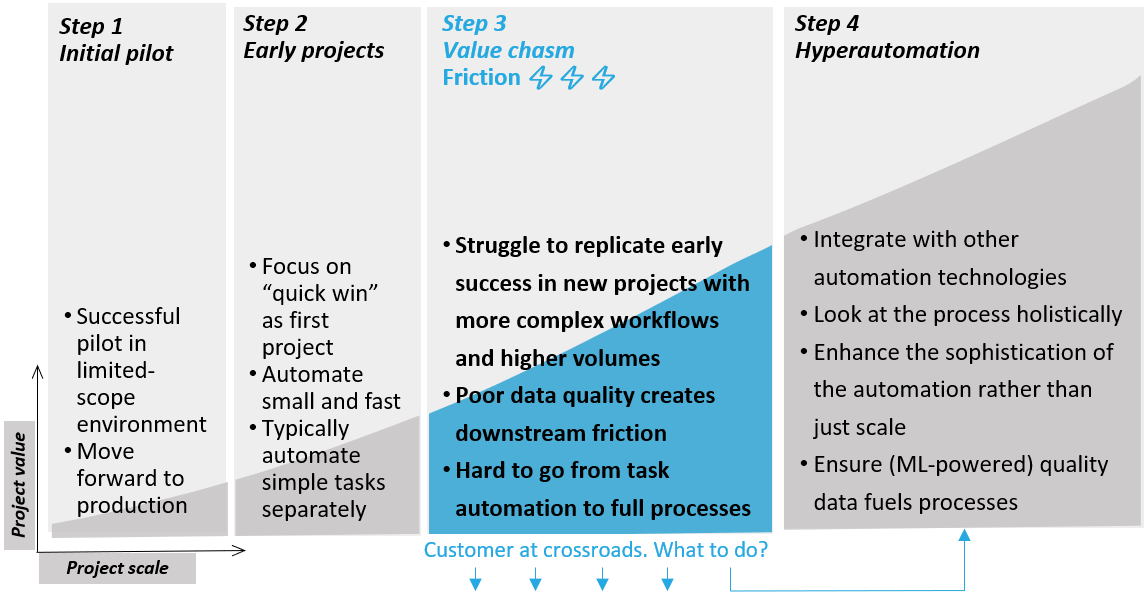
Figure 2: A common issue with RPA projects is “crossing the chasm” between early RDA implementations and real RPA, or hyperautomation.
Some customers might feel stuck in their efforts to increase not just the size but the value of existing task-focused automation projects and are faced with several strategic options. It is important however to mention that these options are not mutually exclusive.
→ Find more simple tasks to automate, continue to have a fragmented approach, not involving enterprise-level data strategy (if there even is one), leave content analysis and decision-making to human operators, struggle to build solutions that accommodate legacy systems and maximize previous investments.
→ Integrate with other process (hyper) automation technologies and have a holistic approach towards process transformation.
Simple tasks automation is still a fairly justifiable approach because, after all, we are advised to start small. Forrester recommends following “the rule of 5” and identify tasks requiring fewer than 5 decisions made, 5 applications accessed, and so on.
But if we look at processes holistically and not see them as a chain of disparate tasks, how many are truly “robotic” from one end to the other? Therefore, combing tasks automation with other elements of the automation technology stack and following a more holistic approach towards process transformation is the best roadmap to effective and sustainable business automation.
In the next article, we will zoom in on the various components of the technology stack and discuss how AI-enabled capture fits into business automation to generate improvements with data quality and pass-through rates, thus enhancing value for RPA solutions.
- Zbigniew Smierzchala
Interested to know more about how to leverage AI-enabled data extraction, document classification and analysis to accelerate business processes and enterprise transformation? Contact Moonoia to schedule a workshop, request a demo or speak with someone from our team.
Disclaimer: Opinions or points of view expressed in this article represent the personal position of the author. This document does not constitute professional advice. The information in this document has been obtained or derived from sources believed by the author to be reliable but don’t represent that this information is accurate or complete. Any opinions or estimates contained in this document represent a judgment at this time and are subject to change without notice.



